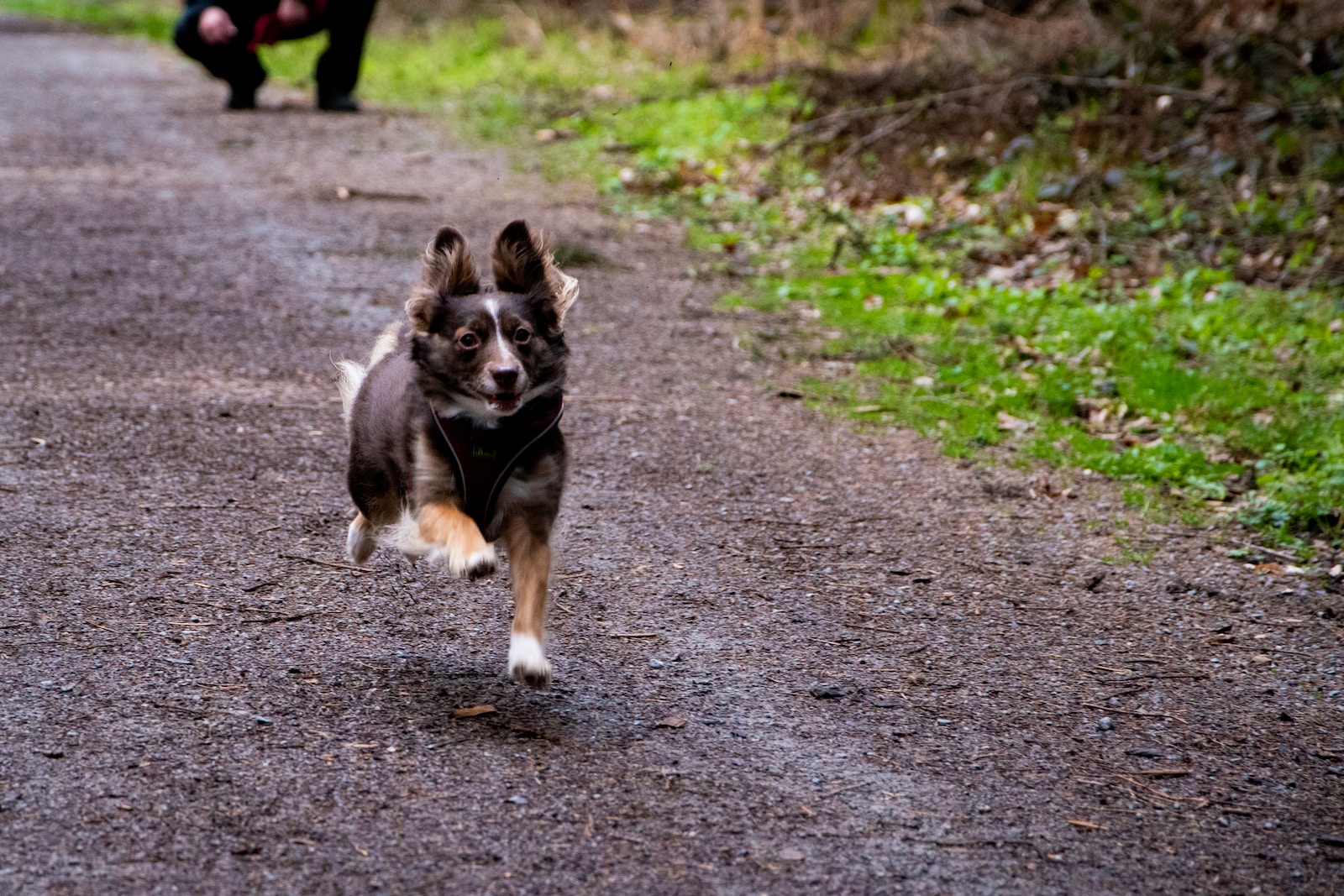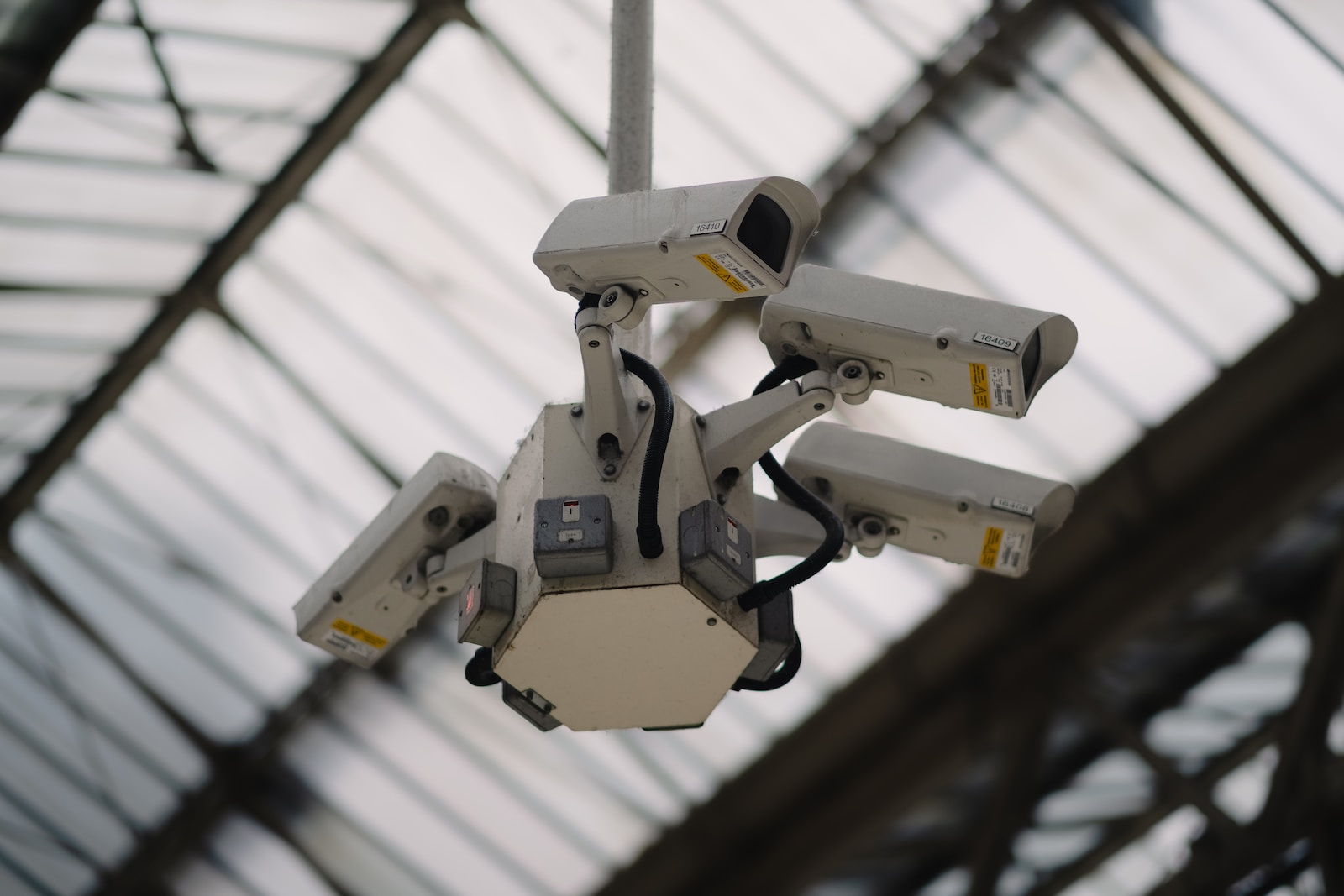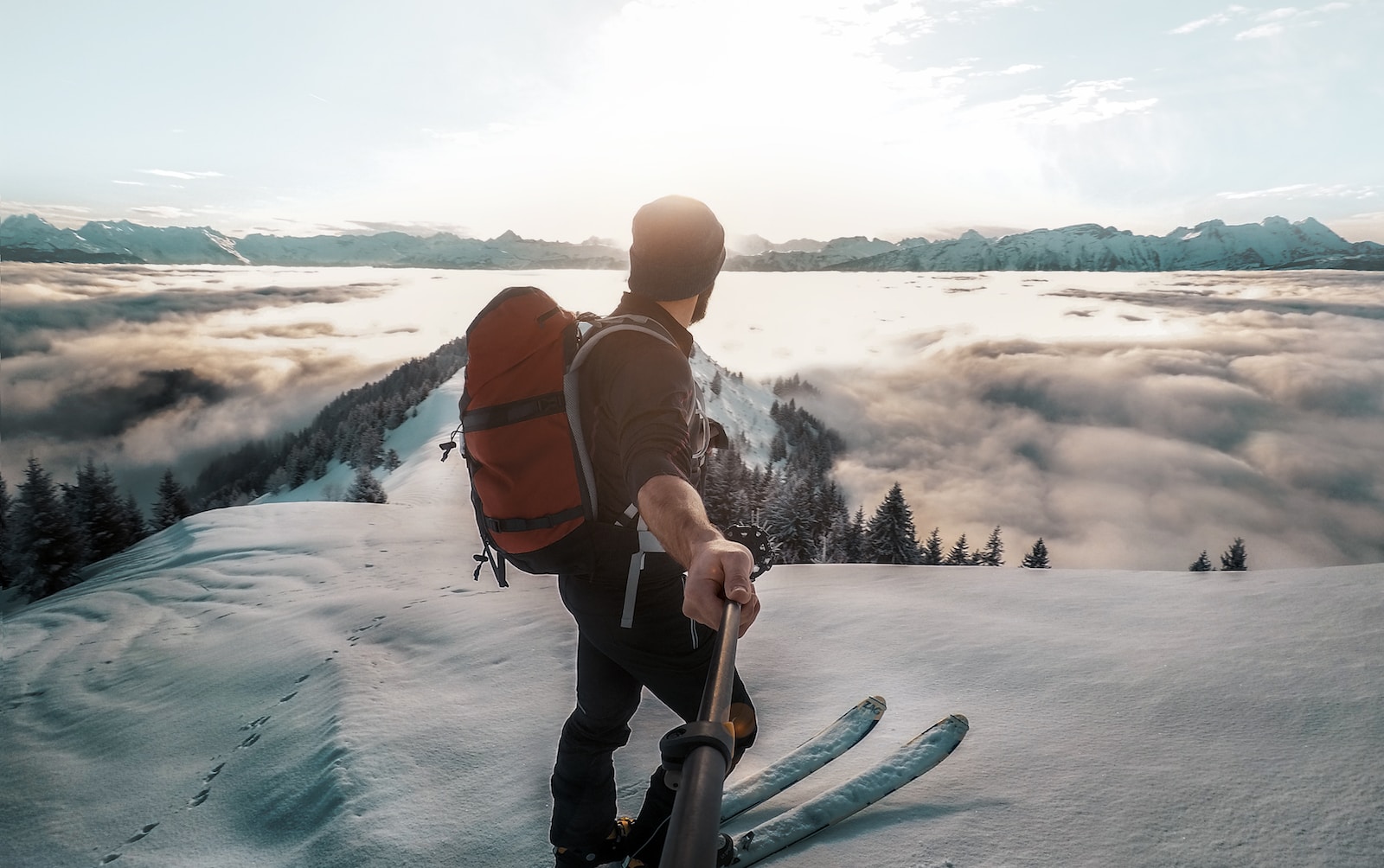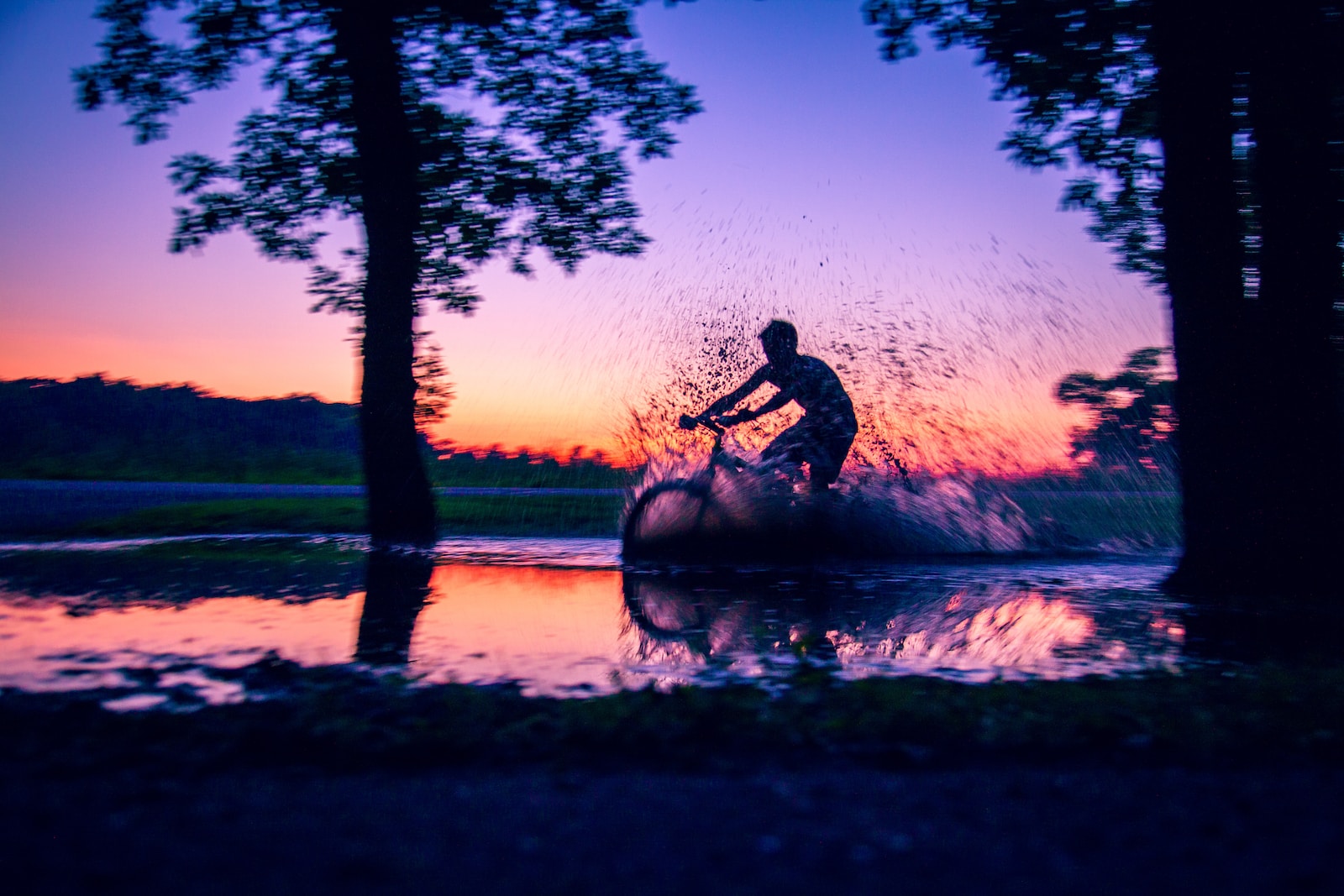Welcome to Capturing the Thrill: Action Photography Explained, where we dive into the world of capturing stunning action shots. Whether you’re a sports enthusiast, an adventure junkie, or simply love the thrill of fast-paced moments, this blog is for you. Discover valuable insights and expert tips on how to effectively freeze action, from choosing the right camera and settings to mastering composition and timing. Join us as we explore the exciting world of action photography and elevate your skills to the next level.
Table of Contents
Capturing the Thrill: Action Photography Explained
When it comes to action photography, it’s all about seizing the moment and capturing the thrill. Whether you’re shooting sports, adventure activities, or any fast-paced event, there’s an undeniable excitement that comes with freezing those explosive moments in time. In this blog post, we’ll dive deep into the world of action photography, explore its captivating features, and provide valuable tips to help you capture stunning action shots.
The Dynamic World of Action
Action photography encompasses a wide range of subjects, from the adrenaline-fueled world of extreme sports to high-intensity events like races and concerts. The key to capturing memorable images lies in understanding the dynamics of the subject and knowing how to convey its energy through your lens.
- Sports: From soccer to surfing, sports offer an array of captivating moments waiting to be captured. Whether it’s a dramatic diving catch or a perfectly timed jump shot, anticipate the action and position yourself accordingly to capture those split-second moments.
- Adventure Activities: Thrill-seekers engage in activities like rock climbing, skydiving, or skateboarding, and each one presents unique opportunities for breathtaking shots. Use the surroundings to your advantage, experiment with angles, and embrace the sense of adventure to tell a gripping visual story.
- Concerts and Performances: The electrifying atmosphere of concerts and live performances makes for some visually stunning moments. Play with the lighting effects and capture the energy of the crowd, the passion of the performers, and the breathtaking stage presence to evoke the feeling of being right there in the action.
Techniques for Standout Shots
Now that you understand the diverse subjects within action photography, let’s explore some techniques that will take your shots to the next level and make them truly standout:
- Freeze the Action: A crucial aspect of action photography is freezing the motion. Use a fast shutter speed to capture crisp, sharp images that freeze the movement. Experiment with different speeds, starting with 1/500th of a second and adjusting as needed.
- Panning: Panning is a technique where you track the subject’s movement while taking the shot. This creates a sense of speed and dynamic motion while keeping the subject in focus. To achieve the desired effect, use a slower shutter speed, such as 1/30th of a second, and follow the subject’s movement smoothly.
- Composition: Pay attention to the composition of your shots to create a visually pleasing image. Use leading lines, such as a skateboard ramp or a racing track, to guide the viewer’s eye towards the subject. Experiment with different angles and perspectives to add depth and interest to your photos.
- Burst Mode: When shooting action-packed moments, utilize your camera’s burst mode. This allows you to capture a series of images in rapid succession, increasing the chances of capturing the perfect split-second moment.
- Focus and Tracking: Use autofocus to track and maintain focus on the moving subject. Experiment with different autofocus settings to find the one that works best for your shooting conditions. Continuous autofocus or AI servo mode can help ensure your subject remains sharp throughout the action.
By employing these techniques and experimenting with various settings and angles, you’ll be well on your way to capturing thrilling action shots that will leave viewers awestruck.
Remember, practice makes perfect when it comes to action photography. Embrace the challenge, keep honing your skills, and always be ready to anticipate and capture the next thrilling moment. Now it’s time to grab your camera, get out there, and capture the thrill!
Did you know that action photography is all about capturing a moment of intensity, freeze-framing the adrenaline and excitement in a single click of a camera shutter?
The Importance of the Right Camera
When it comes to action photography, having the right camera can make all the difference in capturing those epic moments. The key is to find a camera that can keep up with fast-paced subjects and deliver sharp, high-quality images.
One option to consider is a DSLR (Digital Single Lens Reflex) camera. These cameras are highly versatile and allow you to change lenses, which is crucial when shooting action. The ability to adjust shutter speed, aperture, and ISO settings gives you full control over your images. DSLRs also have fast autofocus systems, enabling you to quickly lock onto your subject and capture the decisive moment.
Another option worth exploring is mirrorless cameras. These cameras are more compact and lightweight than DSLRs, making them easier to handle during fast-paced action shoots. Mirrorless cameras offer excellent autofocus performance and are known for their high-speed continuous shooting capabilities, allowing you to capture rapid-fire sequences without missing a beat.
The Right Lenses for Action Photography
Choosing the right lens for action photography is just as important as selecting the right camera. Different lenses offer various focal lengths and aperture ranges, which can greatly enhance your action shots.
For capturing sports or fast-moving subjects at a distance, consider a telephoto lens. A telephoto lens with a focal length of 200mm or longer will allow you to zoom in on the action and fill the frame with your subject. This type of lens also helps to compress the perspective, making the subject appear closer to the background and enhancing the sense of speed and intensity.
If you’re shooting action up close, a wide-angle lens can add a dynamic perspective to your images. Wide-angle lenses have shorter focal lengths and are great for capturing the energy and excitement of sports or other action-packed moments. These lenses allow you to capture a wider field of view, providing a sense of immersion and bringing the viewer right into the heart of the action.
Additionally, consider investing in a fast lens with a wide aperture, such as f/2.8 or wider. A wide aperture allows more light to enter the camera, enabling faster shutter speeds and freezing the motion with greater clarity. This is especially useful in low-light situations or when you want to create a pleasing background blur to make your subject stand out.
Remember, finding the right camera and lenses for your specific needs should be based on your shooting style, budget, and the type of action photography you plan to pursue. It’s always a good idea to rent or borrow different equipment before making a purchase to ensure it meets your requirements.
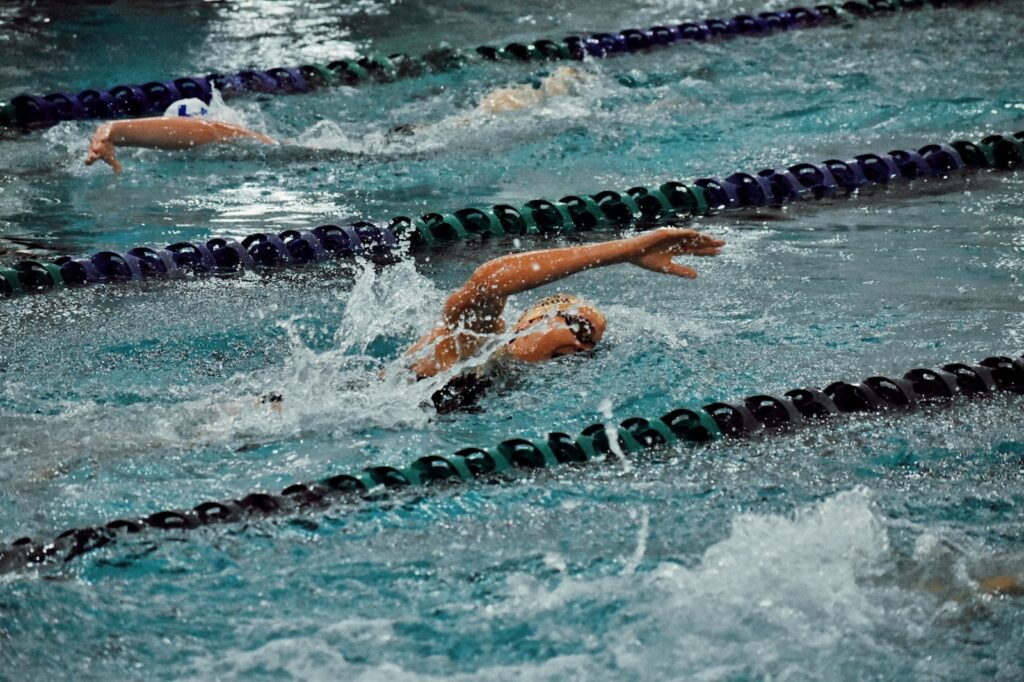
Capturing the Thrill: Action Photography Explained
Welcome to our blog, where we will delve into the exciting world of action photography and explore valuable insights on how to capture stunning action shots. In this article, we will discuss the best time of year to take action photos and provide tips on finding the perfect vantage points and positions to enhance your photography skills.
Choosing the Best Time of Year
When it comes to action photography, the time of year can play a significant role in the overall quality of your shots. Different sports and activities have their peak seasons, and it’s important to consider these factors when planning your photoshoots.
For example, if you’re interested in photographing snowboarding or skiing, it would be ideal to visit a snowy mountain during the winter months. The adrenaline-fueled atmosphere and breathtaking scenery offer endless opportunities for capturing exhilarating action shots.
On the other hand, water sports such as surfing or wakeboarding thrive during the summer months. The bright sunshine and vibrant colors create a lively backdrop, making it easier to capture dynamic moments as athletes conquer waves or perform daring maneuvers.
Ultimately, the best time to take action photos depends on the specific sport or activity you’re interested in capturing. Researching peak seasons and studying the weather patterns can greatly increase your chances of capturing awe-inspiring shots.
Finding the Perfect Vantage Points and Positions
Once you’ve determined the best time of year for your action photography adventure, it’s essential to scout for optimal vantage points and positions to maximize your results. Here are two options that can significantly enhance your photos:
- High Ground Advantage: Climbing to an elevated position can provide a unique perspective and allow you to capture the expansive nature of the action. For example, for a soccer match, positioning yourself on the top tier of a stadium can provide a bird’s-eye view of the game, showcasing the full excitement and movement of the players on the field.
- Close and Personal: Getting up close to the action can create a sense of intimacy and immersion within your photographs. This option often works well for fast-paced sports such as motorsports or track and field events. Positioning yourself near the track or choosing a strategic spot near the finish line can help you capture the intensity and determination on the athletes’ faces as they give their all.
By experimenting with different vantage points and positions, you can add a dynamic touch to your action photography and create visually arresting shots that truly encapsulate the thrill of the moment.
Whether you’re capturing the adrenaline rush of extreme sports or freezing a split-second moment in a hectic game, action photography allows you to capture the thrilling essence of human movement. Remember to choose the best time of year for your desired sport, and don’t shy away from exploring different vantage points and positions. So grab your camera, get out there, and start capturing the awe-inspiring world of action photography!
One helpful tip for action photography is to use a fast shutter speed to capture the movement and freeze the action. Set your camera to shutter priority mode (S) or manual mode (M) and choose a shutter speed of at least 1/1000th of a second. This will ensure sharp and crisp images, even in fast-paced sports or action scenes.
Frequently Asked Questions
What equipment is best for action photography?
When it comes to action photography, having a camera with a high frames per second (fps) rate is crucial. This allows you to capture multiple shots in quick succession. Look for a camera with a fast shutter speed and a high ISO capability to handle low-light situations. Additionally, a telephoto lens with a wide aperture will help you capture sharp images from a distance.
How do I choose the right shutter speed?
The ideal shutter speed for action photography depends on the type of action you’re capturing. For fast-moving subjects, such as sports events, a faster shutter speed (1/1000th of a second or faster) is recommended to freeze the action. On the other hand, for subjects with slower movement, like wildlife, a slightly slower shutter speed can add a sense of motion to your shots.
What settings should I use for capturing action shots?
Start by setting your camera to the continuous shooting mode to capture a series of images. Use the autofocus (AF-C) mode to track the subject’s movement and ensure sharp focus. Opt for a wide aperture (small f-number) to achieve a shallow depth of field and isolate your subject from the background. Adjust your ISO to maintain a fast enough shutter speed while keeping noise levels in check.
How can I improve my composition in action photography?
Composition plays a crucial role in capturing compelling action shots. Use the rule of thirds to frame your subject off-center, adding a sense of dynamism to your photos. Experiment with different angles and perspectives to bring more energy to your images. Consider including leading lines or foreground elements that guide the viewer’s eye towards the action.
What are some essential tips for action photography?
Here are some important tips for successful action photography:
- Anticipate the action: Be ready and proactive in capturing decisive moments.
- Shoot in burst mode: Increase your chances of capturing the perfect shot by shooting in continuous mode.
- Pre-focus: By focusing on a specific spot where the action will take place, you can reduce autofocus lag and ensure sharp images.
- Experiment with different angles: Move around the scene and try shooting from different perspectives to add variety to your shots.
- Practice panning: Follow your subject’s movement with your camera, using a slower shutter speed to create a sense of motion while keeping the subject in focus.
- Shoot in RAW format: This allows for more flexibility in post-processing and preserves the maximum amount of detail in your images.
Where can I find inspiration for action photography?
Looking for inspiration is a great way to improve your action photography skills. Follow professional action photographers on social media platforms like Instagram or join online communities dedicated to this genre of photography. Study their techniques, learn from their compositions, and analyze what makes their action shots stand out. Additionally, attending live sporting events or action-packed outdoor activities can expose you to new and exciting subjects for your photography.
Wrap Up
Now that you have a better understanding of action photography, it’s time to put these tips into practice! Remember to always be prepared and anticipate the action. Don’t be afraid to experiment with different camera settings and angles. And most importantly, have fun and enjoy the thrill of capturing those heart-pounding moments!
If you found this blog post helpful or have any additional tips to share, we would love to hear from you. Leave a comment below and let’s continue the conversation. Happy shooting!
